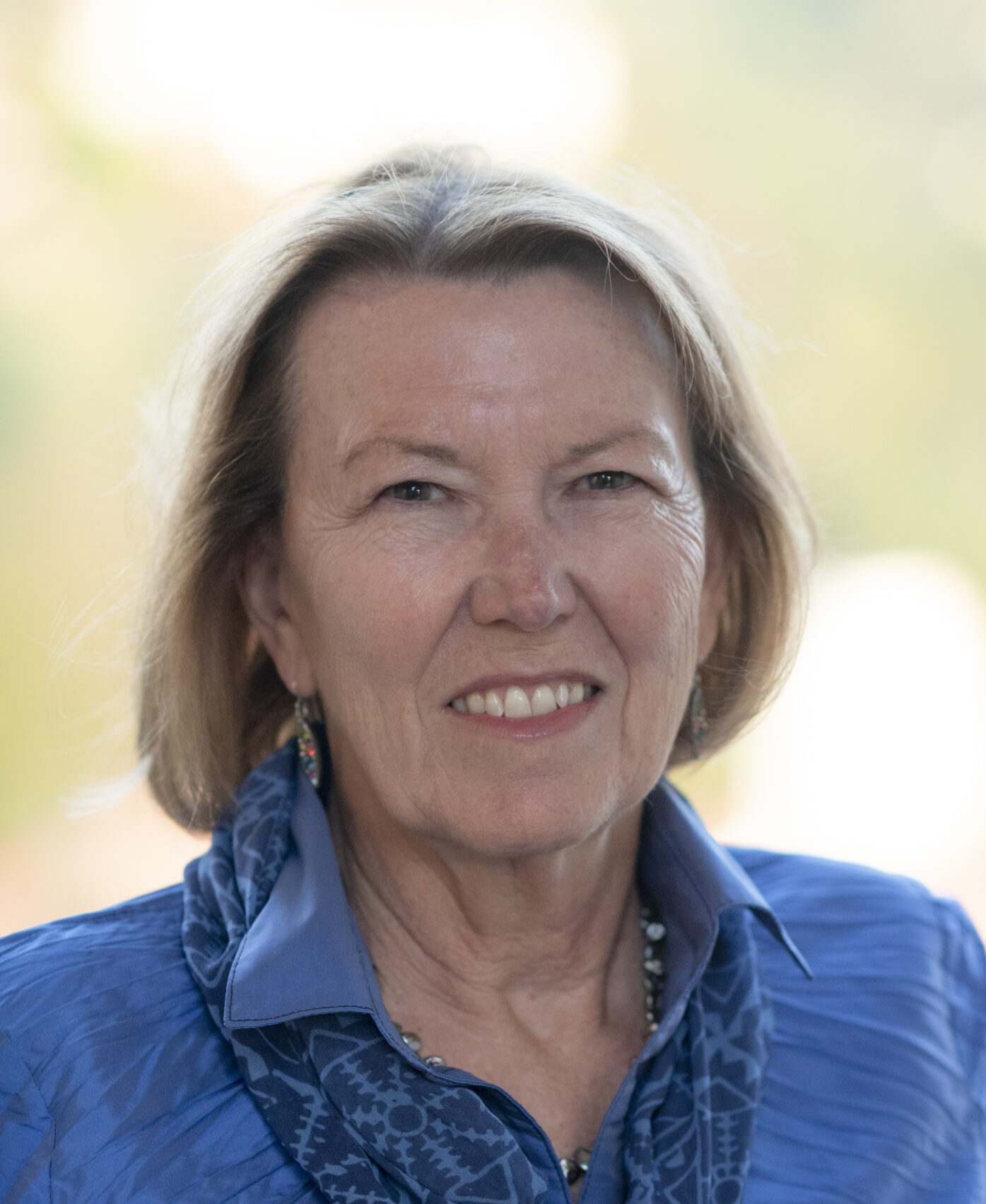Applying Quality Public Health Data for Healthier Communities

On April 12, we were joined by Mary Pittman, DrPH, President and CEO of the Public Health Institute (PHI), for an alliance discussion focused on how to identify and apply quality health data to create healthier communities. Dr. Pittman discussed what good data really looks like in the context of public health research; tools and approaches to make data more precise; and how social determinants of health and other community-informed measures provide critical context to make public health data — and the research that comes from it — more meaningful and actionable. Here are a few highlights from our discussion:
On the importance of public health:
“Public health – by its very nature – focuses on health for all; this shifts the focus away from individual health or the focus of only biomedical and clinical health, to a focus on health of [whole] communities or subpopulations. Research that collects data on populations is costly to collect but its contribution to public health research and policy matters, and is just as important as individual health and individual disease discoveries. In fact, interventions from a public health perspective impact health for all and often inform clinical research efforts.”
On collecting good quality data:
“Good quality data is one that is rigorously collected. It’s also inclusive of all people and all perspectives. We have examples from history where large groups have been omitted – omitted from the questions we ask about public health, health outcomes, clinical trials, and from the interpretation of the data or definitions attributed to people with lived experience … The pursuit of good quality data for public health involves ensuring our data is precise.
“Data collected that conflates the diversity of race in the United States misses smaller subpopulations. For example, California’s Pacific Islander (API) Community was one of the most impacted by COVID, but because they’re often aggregated in the broader Asian Pacific Islander category, they were hard to identify. The subgroups of API communities were missed as highly impacted by COVID and also were masked when we were looking at where to place outreach and services.”
On community involvement in data collection:
“Data is not neutral and if we want to build health equity, we need to both examine the scientific quality and quantity of the data we get, but also make sure that we are listening to the communities to see and address what the data may be missing. We need communities to give us the nuance of what is happening on the ground; they must co-create and interrogate the data with us, and we need to share the data – especially health equity and disparity data – directly and easily with the public.
“We know that having data locked up doesn’t benefit anyone and that when data is made accessible to communities and community-based organizations, they can better advocate for their needs and the populations they’re serving. It also allows for greater transparency and accountability with decision makers when deliberating policies where sub-populations may be inadvertently overlooked. Data allows us to strengthen community power and trust through research engagement and that’s an important element of public health research.”
On steps the Public Health Institute is taking to improve participant involvement in public health research:
“As a nation, we have some historical missteps and some that occurred during COVID that undermine the critical contributions that well done research makes to all of our lives. I’m proud to say that PHI is pioneering best practices for engaging participants in the reporting process so they can protect their health and also the health of their communities, and making sure that they don’t experience harm from how their data is and has been used.”




